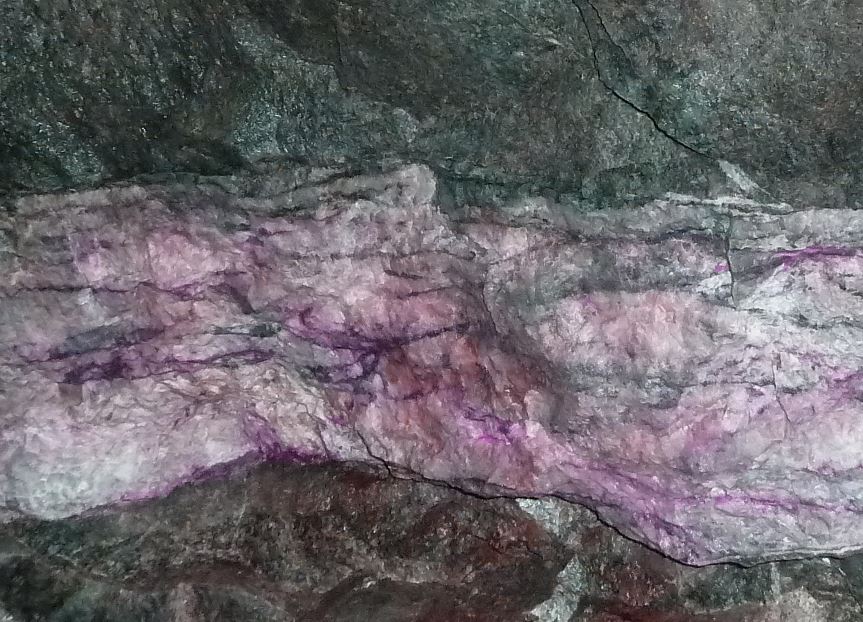Canada Cobalt pours first silver bars, stock up

Canada Cobalt Works Inc. [CCW-TSXV; CCWOF-OTC; 4T9B-FSE] said Wednesday October 16 that it has successfully poured its first silver in a proof-of-concept test ahead of a significant ramp-up that will officially begin with the pouring of a 1,000-ounce silver doré bar, planned for later this month.
Canada Cobalt shares advanced on the news, rising 5.6% or $0.02 to 37.5 cents. The shares are currently trading in a 52-week range of 25 cents and 70 cents.
The announcement comes just days after Canada Cobalt said it has signed a binding letter of intent to acquire privately-held PolyMet Resources Inc., a company that owns a facility in the Northern Ontario Silver-Cobalt District that combines bullion pouring, bulk sampling, commercial assaying and e-waste processing.
Canada Cobalt is a company that is positioning itself to become a vertically integrated North American leader in cobalt extraction and recovery. It is aiming to develop a number of business lines that include exploration and mining, production of cobalt-rich gravity concentrates and the sale of concentrates to battery cathode makers in Asia and Europe.
Another line of business may also involve the use of proprietary technology called Re-20X which is designed to efficiently extract cobalt from ore and produce cobalt sulphate to the specifications required by battery sector end users.
The Re-20X technology is currently being tested at SGS Lakefield Research Ltd. at Lakefield, Ont., to see if it works for extracting cobalt, lithium and other metals from used lithium-ion batteries.
It is a strategy that is being led by Canada Cobalt President and CEO Frank Basa, a 60-year-old metallurgist, who worked for Agnico-Eagle Mines Ltd. [AEM-TSX, NYSE] during the 1980s. During that time, he was instrumental in the development of the Re-20X process.
The company’s key asset is a past-producing property known as the Castle Silver mine, which is located near the northern Ontario community of Gowganda, 85 km north of the historic Cobalt Silver Mining Camp.
Records show that over 9.5 million ounces of silver and 299,847 pounds of cobalt were recovered from the Castle Mine. That includes the 3.0 million ounces produced by Agnico-Eagle before a collapse in the price of silver prompted Agnico-Eagle to abandon the operation in 1989.
Following the assembly of the 500 kilogram-per-day pilot plant, the company has been able to produce gravity concentrates on the Castle mine site. One recent test showed grades of 9.25% cobalt, 5.65% nickel, 9,250 g/t silver and 49.9% arsenic.
It said this would allow for the scaling up of the Re-20X process at SGS Lakefield, which the company said can resolve a long-time issue in the Cobalt Camp by removing 99% of the arsenic from concentrate containing nearly 50% arsenic, while achieving cobalt recovery rates of 99%.
On Wednesday, Canada Cobalt said the pilot plant at the Castle mine separated leaf silver and created silver gravity concentrate from mineralized Castle waste material. The concentrate and silver leaf were then smelted in the bullion furnace at PolyMet Labs in the nearby town of Cobalt to produce three silver bars totalling 300 ounces.
Through its Re-20X Process, and further demonstrating proof of concept, Canada Cobalt also used the same waste material to separately recover cobalt and produce a cobalt sulphate at SGS Lakefield.
Meanwhile, Canada Cobalt has been doing underground exploration on the first underground level of the Castle Mine, which operated at various times between 1917 and 1989, producing silver and cobalt from the No. 3 shaft. Additional unspecified production also occurred between 1951 and 1966, material that came from the both the Castle No. 3 and Capitol shafts.
The company has said there is a strong likelihood that future cobalt mining economics will be enhanced by metal credits such as nickel, silver and others.
On Wednesday, Canada Cobalt said it has launched a Phase 2 underground drill program. It said the multi-directional drilling will build aggressively on the success of the Phase 1 program that returned numerous high-grade cobalt and silver values hroughout the expansive first level, including 13,208 g/t silver, 0.67% cobalt, and 3.8 g/t gold over half a metre within a broader 5.51-metre core length averaging 2,620 g/t silver.
